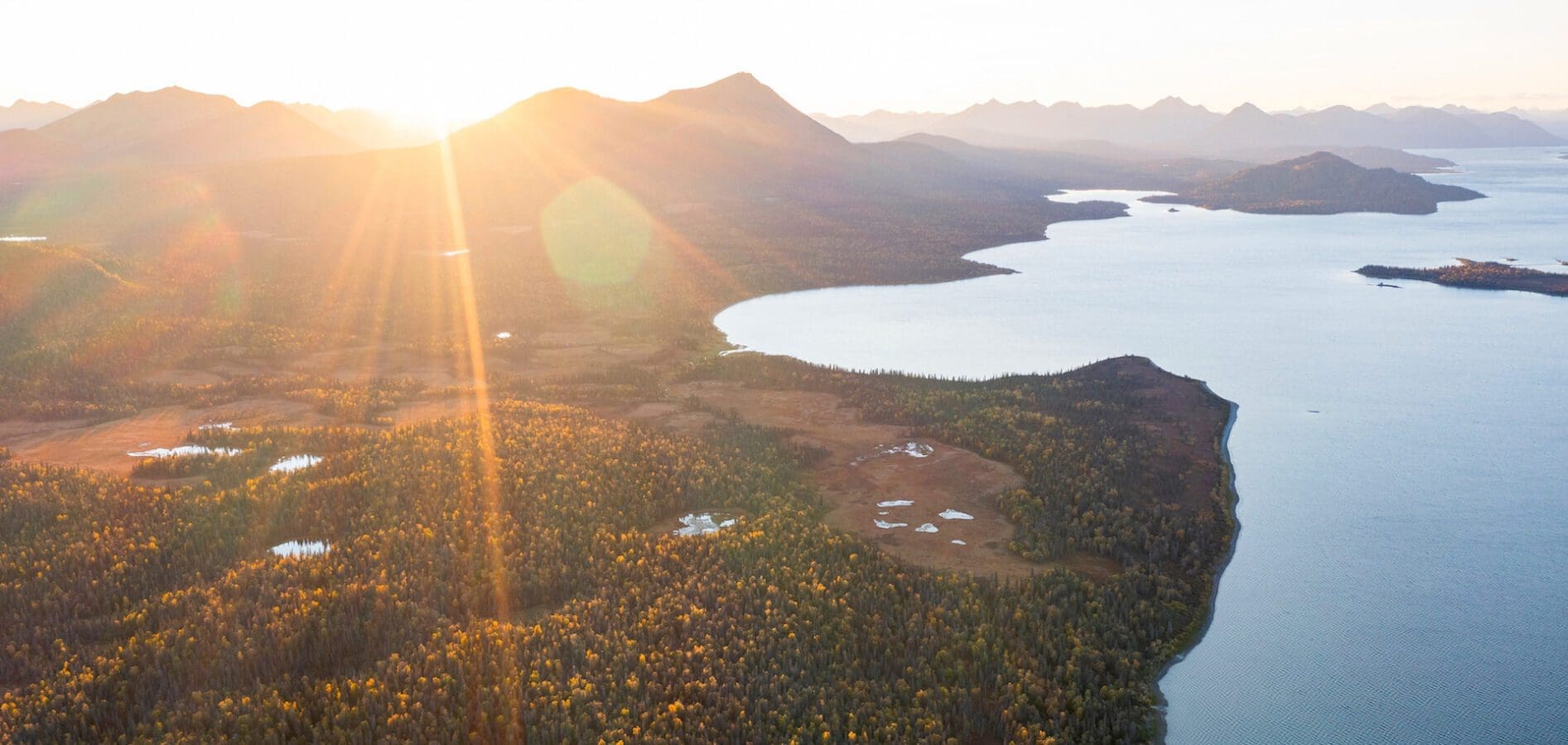Since colonization, Alaska’s economy has been built on the state’s rich natural resource base. Beginning with fur harvesting in the 18th century, the economic trajectory proceeded on a pathway that picked up commercial fisheries and mineral extraction in the late 19th century, industrial timber harvest in the 20th, and eventually arrived at the most behemoth of all of these – 65 years of oil and gas development. We now have generations of experience developing and financing the projects and industries that are built upon those commodity resources. We intuitively understand how value is created through their extraction, and we have an economy that is built upon that value chain. Alaska’s modern culture has been built, in no small part, on a sense of this place as a resource development state.
But in Alaska, as in places all around the world where economies have relied upon resource extraction, we are arriving at a moment of rupture, where the paradigms that made sense to previous generations are being replaced by something emergent. The realities of global climate change and all of the resultant upheavals (meteorological, demographic, political, and more), are revealing the limitations of our economic structure at the same time that they are driving new economic imperatives to emerge.
As we move into this global economic shift, it’s time to begin viewing our resources differently. One piece of this evolution must be an expansion of our sense of Alaska’s economically valuable natural resources to include non-extractive natural capital, like our winds, waters, forests, and peatlands, and to discover new ways to use these resources to generate financial returns. Evolving priorities in global capital systems and regulatory requirements are creating opportunities to derive economic value from intact systems – not just those we exploit and export. This is because tradable financial products and new kinds of deal structures are emerging that explicitly place value on the services those natural systems perform in place. In a world where financial actors recognize and have tools to invest in the value of these resources, Alaska’s natural capital – in the form of carbon-sequestering boreal forests and peatlands, for example, or rich renewable energy resources – can create revenue streams that contribute to the current and future economy.
There are two reasons these new ways of imagining natural resource values make sense in Alaska: first, because our resources are essential to the ongoing function of our planet’s natural systems and are critical as buffers to global climate change; and second, because increasingly there are now trillions of dollars seeking investment frameworks for climate and biodiversity-stabilizing benefits. With its wealth of natural capital assets, Alaska must be at the table to receive and benefit from that investment. Development of an economy that springboards from this natural capital can be both transformative for the people of Alaska, including hundreds of Indigenous communities, and vital in global efforts to maintain biodiversity and reduce climate impacts.
Alaska, of all the U.S. states, is singularly well equipped to thrive in an economy based on natural capital assets. A 2021 paper established the scale and import of the state for climate stabilization, biodiversity and resilience. Alaska has one-third of U.S. federal lands and the bulk of the U. S.’ intact and wild lands. It has 53% of total U.S. carbon stocks and more than 30,000 miles of coastline, where a nascent seaweed industry is expanding annually. Alaska is also home to 228 federally recognized tribes – 40% of all those in the U.S. The unique legal and land ownership structure of Alaska Native Corporations means Indigenous landowners directly control portions of their ancestral homelands, with a profit-making imperative for their shareholders. From a political perspective, Alaska’s 734,000 residents (a population equal to that of the city of Seattle) are represented by two U.S. senators – the same as all 39 million Californians.
This translates into an abundance of potential projects to realize the value of natural capital: projects could be built upon strategic wildfire response that avoids catastrophic GHG releases; decarbonization of 180 community-level electricity microgrids, disconnected from any other power generation, that currently rely almost wholly on diesel generation to power Indigenous communities; or the development of kelp-based blue carbon projects in Alaska’s coastal waters. Further, projects to financialize Alaska’s climate contributions can be built within U.S. legal and monetary frameworks, lowering the complexity and risks for investors. There is no fantasy realm in which natural capital projects are going to outstrip the raw economic power of Alaska’s oil and gas industry and related revenues to the State of Alaska in the very near term. Nonetheless, the frameworks we use to value the suite of Alaska’s resources must be expanded to include some of these emerging opportunities.
Conversations to those ends are beginning to happen in both the public and private sectors in Alaska. Notably, in early 2023 we saw legislation introduced by Republican Governor Mike Dunleavy to build the statutory framework for biologic carbon sequestration in Alaska – the first legislative attempt of its nature in the state. We must continue to advance our goals of marrying renewable natural capital with investment capital in ways that help develop and operationalize new kinds of projects, new economic drivers, and a new paradigm for prosperity in the state.
